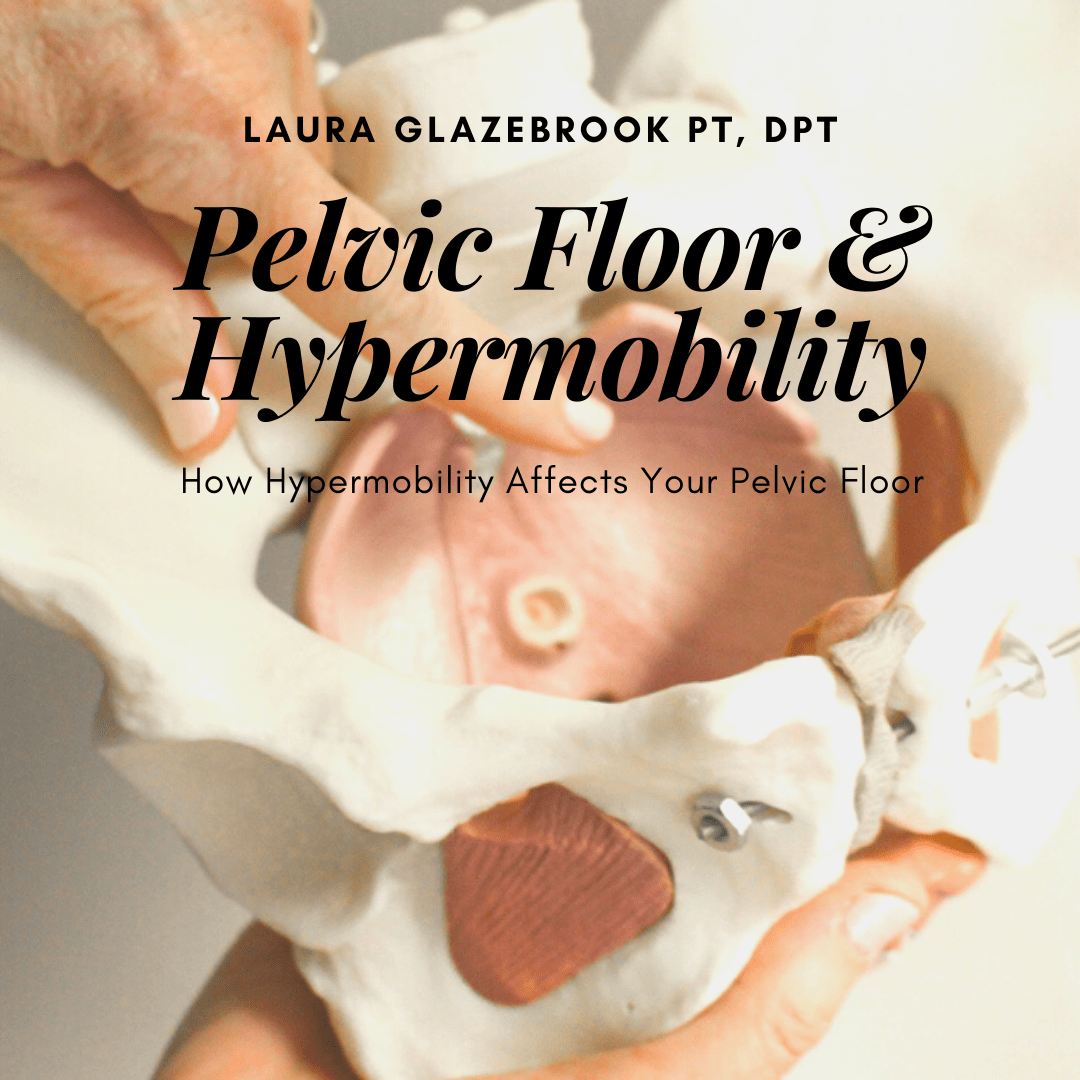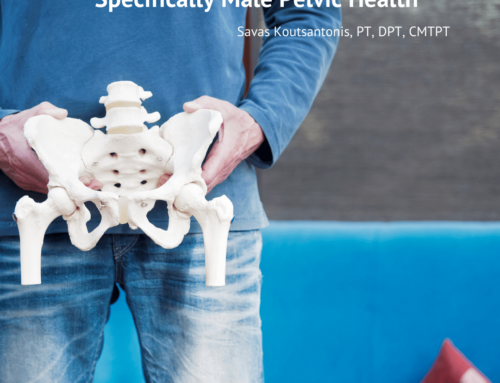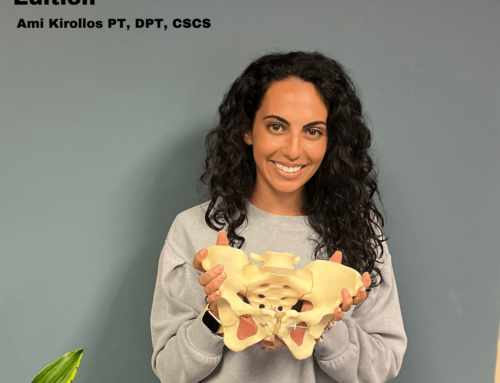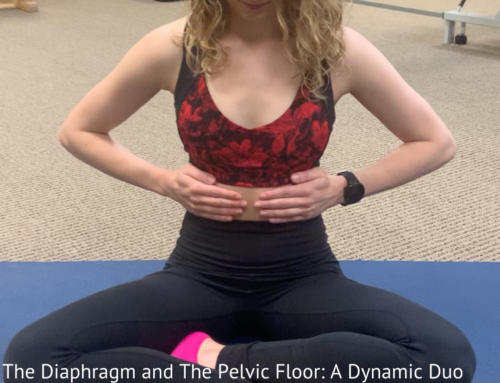The Pelvic Floor & Hypermobility

We all know of people in our lives who are “double jointed”. It’s a fun party trick for school aged kids, being able to bend arms and fingers in an unnatural way. But as we age, hypermobility, which is excessive movement in the joints, isn’t so fun and can cause pain and dysfunction especially in the spine, hips, and pelvic floor.
Hypermobility
Hypermobility is often a genetic issue within the collagen of the connective tissue, otherwise known as fascia. The most severe cases are generally passed down through both mother and father. The difficulty is, our bodies rely on a certain amount of tension and stability for us to generate strength. When we lack the support of our connective tissues, our muscles have to work overtime to compensate for tasks ranging from walking all the way to high performance sports.
The Pelvic Floor Is “The Floor Of Our Core”
Our pelvic floor is often referred to as the “floor of our core”. The pelvic floor muscles work together with our other deep core muscles: 1) the transversus abdominis, 2) the lumbar multifidi (the deepest spinal muscles), and 3) the diaphragm to maintain the pressures in our abdominal cavity to create the stability needed to move. The demands we place on our bodies require a dynamic system of pressure management. A weakness anywhere in this deep core system can cause pain and dysfunction. Think of how easily you can crush an empty soda can versus a sealed one filled with liquid. The walls may be relatively thin, but the pressure is what gives the can strength
How Hypermobility Affects Your Pelvic Floor
The lack of stability can be particularly problematic for our core and the structures that make up our pelvis. The pelvis is designed to be our basis of stability, and is made up of two strong bones that connect to the sacrum and the spine. Its anatomy, along with the important collection of ligaments, are responsible for connecting our trunk to our legs and supporting our weight as we stand, walk, and move about our daily lives. When any of those “walls” that should stabilize us aren’t doing their job, it’s quite common to see the worst of the effects occur on the pelvic floor, which will tighten and become overused. This can lead to a lot of issues like pelvic pain with movement, intercourse or bowel movements, changes in sexual function, or urinary leakage.
Ehlers-Danlos Syndrome
In more severe cases, this hypermobility even affects blood vessels and organs, and can be quite debilitating. Ehlers-Danlos Syndrome, is a disorder in which defects in the connective tissue cause widespread instability in the structures that provide support to our bodies. Some symptoms of this include:
- Low muscle tone (hypotonia)
- Chronic joint dislocations or ligament sprains
- Extreme fatigue
- Dizziness with standing
- Easy bruising
Hypermobility & Pregnancy
It’s actually very common for people, particularly women, dealing with the effects of hypermobility to experience pelvic pain and instability. Commonly these women report more issues surrounding pregnancy and the postpartum period. Someone very close to me has Ehlers-Danlos Syndrome and she told me she wished her OB had told her about pelvic floor therapy before she had her babies. Some considerations to keep in mind as a woman with hypermobility if you are pregnant or are planning to get pregnant include:
- Have an open discussion with your doctor regarding your symptoms and your best method of delivery. Some women with severe hypermobility may be considered high risk for hip dislocation or pelvic floor damage during a vaginal delivery and should consider c-section… but some types of Ehlers-Danlos have slower wound healing and may heal better from a vaginal delivery.
- Develop an individualized strengthening routine. A healthy exercise routine is vital for every woman, particularly if you’re pregnant or postpartum. As I mentioned earlier, your muscle strength is doubly important if you are hypermobile, because your muscles have to provide even more stability since your ligaments and joints are prone to being overly flexible. Consult a pelvic floor physical therapist or certified prenatal fitness specialist to help you develop the most effective exercise program.
- Consult a hypermobility expert. If you are considering getting pregnant, you should get an evaluation with a pelvic floor physical therapist. It makes a huge difference when you can be aware of the potential challenges ahead of time and can be performing the correct strengthening exercises in preparation for the demands of pregnancy and childbirth.
If you or someone you know is struggling with the effects of hypermobility and pelvic pain, or want to be evaluated by a Pelvic Floor Physical Therapist, contact our clinic and schedule an evaluation today!
Sources:
Inspire.com — EDS and Hypermobility Spectrum Disorders






